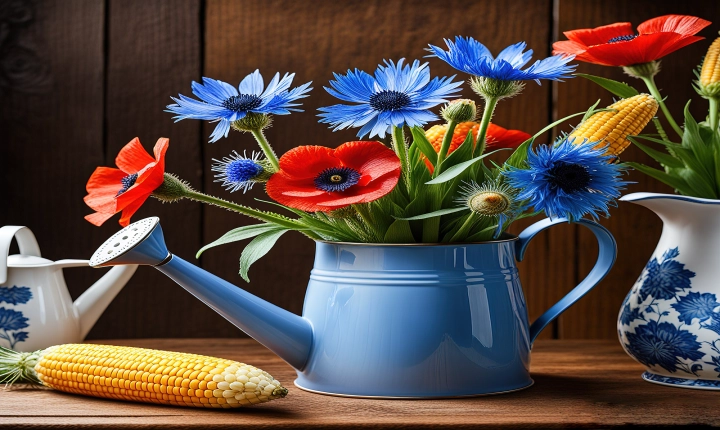Title: Exploring the Future of Creativity: How to Use AI-Generated Art
Artificial Intelligence has rapidly advanced in the realm of creativity, giving rise to AI-generated art that challenges traditional notions of artistic expression. As AI becomes increasingly sophisticated, the possibilities for creating, exploring, and appreciating AI-generated art continue to expand. Whether you are an artist, designer, or art enthusiast, integrating AI-generated art into your creative practice or exploration can open a whole new world of aesthetics and inspiration.
Using AI-generated art is an exciting opportunity to expand the boundaries of creativity and innovation. Here are some ways to harness the power of AI-generated art in your creative ventures:
1. Collaboration with AI:
AI can be used as a creative collaborator, assisting artists in generating new ideas or visual concepts. Artists can input their own artwork or ideas into AI platforms and use the outputs as a starting point for further exploration. This collaborative approach can lead to unexpected and groundbreaking artistic expressions that blend the human touch with the computational capacities of AI.
2. Design Generation:
AI-generated art can be utilized in design processes across various industries, including graphic design, fashion, architecture, and product design. Designers can leverage AI to generate patterns, color schemes, and visual compositions that push the boundaries of conventional design aesthetics. By integrating AI-generated elements into their design work, creators can infuse a sense of novelty and innovation into their projects.
3. Exploration of New Aesthetics:
Art enthusiasts can engage with AI-generated art as a means of exploring new artistic aesthetics and visual styles. AI’s ability to analyze and generate diverse visual patterns and compositions can broaden the horizons of artistic appreciation, presenting audiences with unconventional, thought-provoking artworks. This opens the door for individuals to discover art that challenges their perceptions and expands their understanding of creativity.
4. Experimentation with Generative Tools:
Exploring AI-generated art platforms and tools presents an opportunity for artists and creators to experiment with generative art processes. These tools enable users to input parameters or prompts and witness the AI’s interpretation and transformation of those inputs into unique visual outputs. This hands-on approach encourages creators to engage in experimentation, iteration, and play, leading to the discovery of unexpected artistic outcomes.
5. Ethical Considerations:
Amidst the excitement surrounding AI-generated art, it’s important to consider the ethical implications of its creation and use. Issues related to authorship, intellectual property, and the impact of AI on the art market are areas that require thoughtful consideration and discussion. As AI continues to evolve as a creative tool, it is imperative to navigate these ethical considerations with transparency, fairness, and respect for the contributions of all involved parties.
In conclusion, the integration of AI-generated art into the creative landscape offers a wealth of opportunities for artists, designers, and art enthusiasts. Whether it’s through collaboration, design exploration, aesthetic discovery, or experimentation, AI-generated art provides a platform for redefining traditional artistic practices and embracing the potential of AI as a catalyst for creativity. As we navigate this new frontier of art and technology, it is essential to approach AI-generated art with curiosity, critical thinking, and a forward-looking mindset, ultimately shaping the future of creativity.
